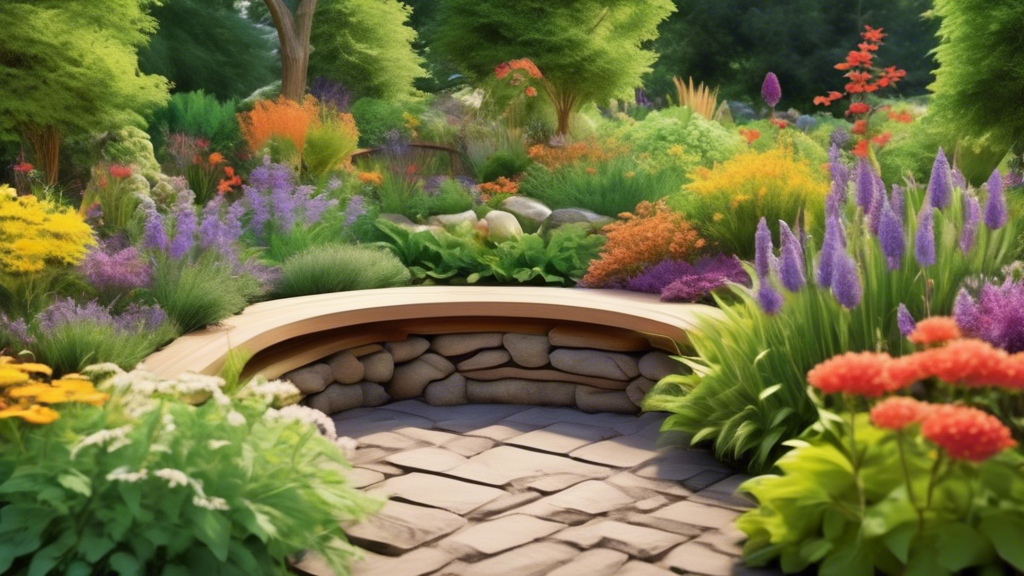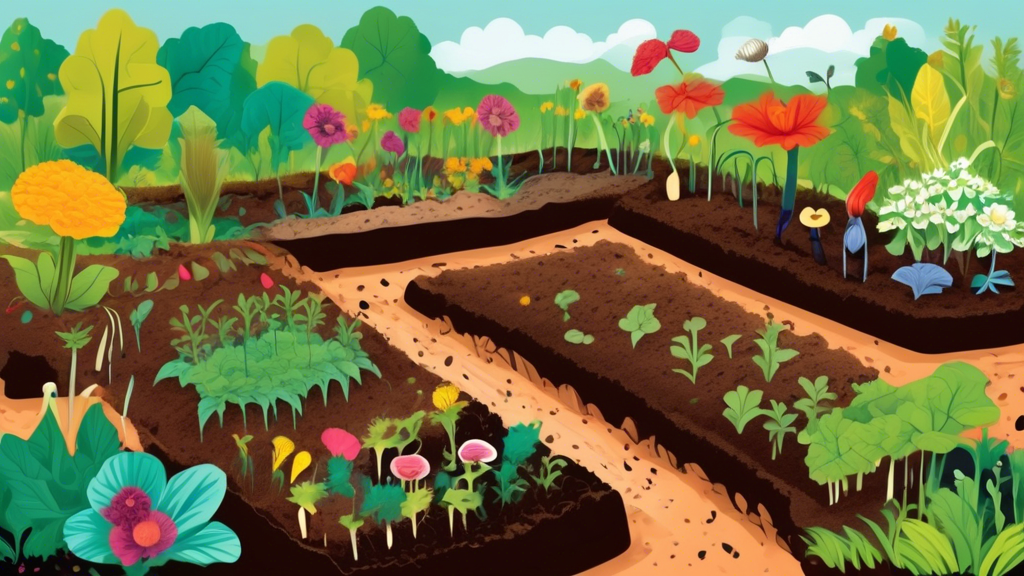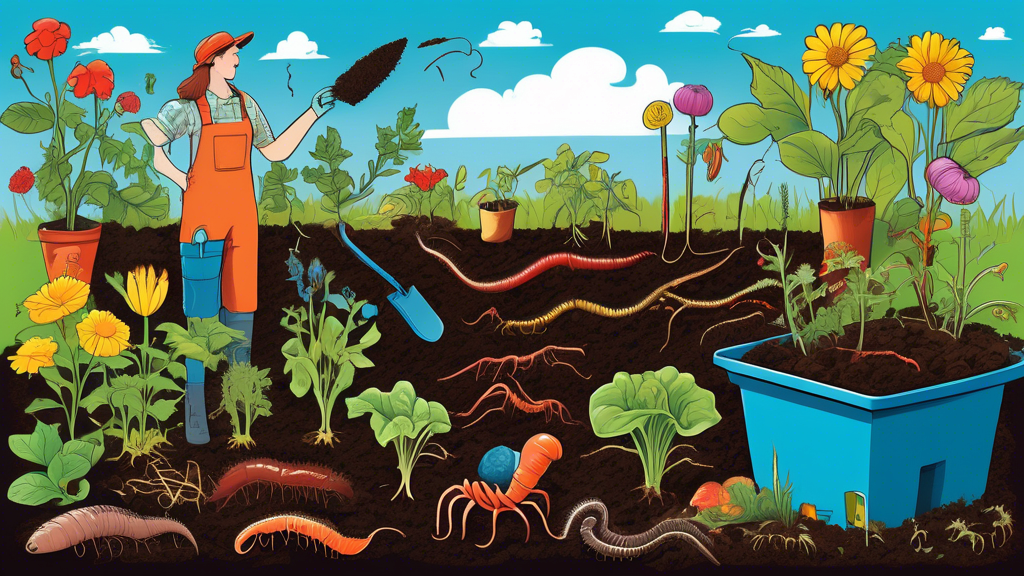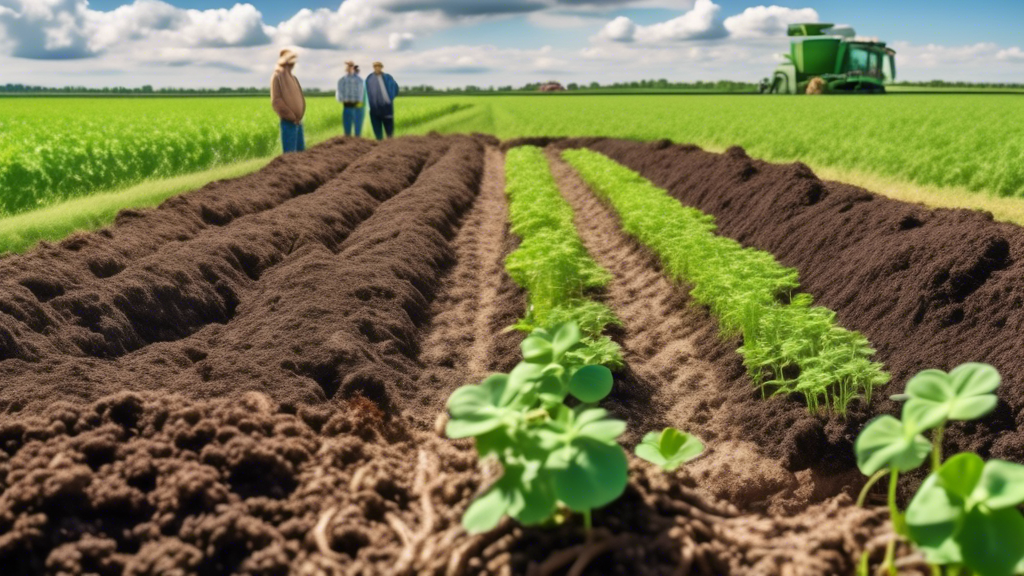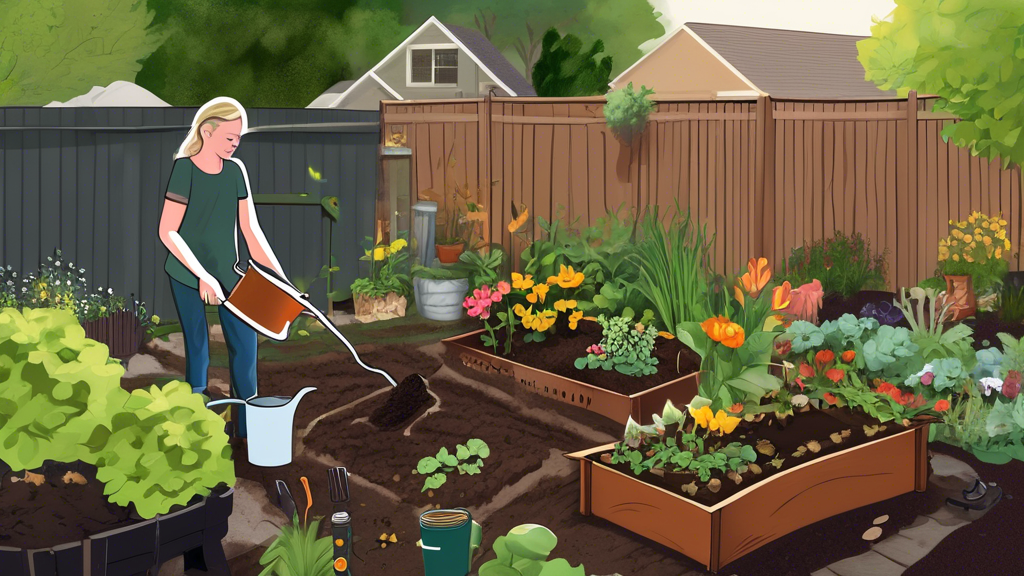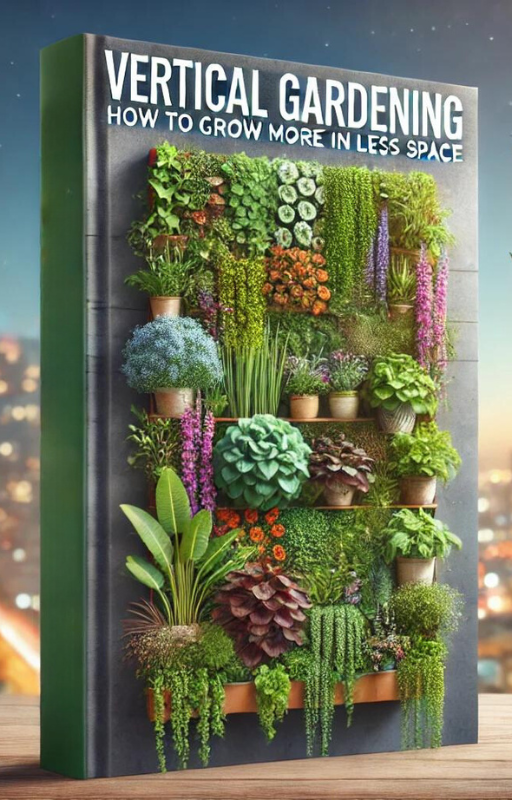
Introduction: Why Soil Health is the Foundation of Your Garden
The secret to a vibrant, productive garden doesn’t start with the seeds you plant, but with the earth beneath your feet. Healthy soil is a living, breathing ecosystem that provides plants with water, nutrients, and physical support. When this foundation is compromised, plants become stressed, susceptible to disease, and fail to reach their full potential. Learning how to identify and fix common soil health problems is therefore the most critical skill a gardener can master, transforming a struggling patch into a thriving oasis.
The 5 Most Common Soil Health Problems and How to Spot Them
Problem #1: Soil Compaction
When soil particles are pressed together, it creates a dense, hard layer that roots and water cannot penetrate.
- What You’ll See: Water pools on the surface after rain or watering, plants are stunted, and roots are shallow.
- The Simple Test: The “Screwdriver Test” – if you can’t easily push a standard screwdriver 6 inches into the soil, it’s compacted.
Problem #2: Poor Drainage (Waterlogged Soil)
Soil that holds too much water suffocates plant roots by depriving them of oxygen.
- What You’ll See: Plants wilt despite the soil being wet, a sour or rotten smell emanates from the ground, and leaves turn yellow.
- The Simple Test: The “Perk Test” – dig a hole about 1 foot deep and wide, fill it with water, and time how long it takes to drain. If it takes several hours, you have a drainage issue.
Problem #3: Nutrient Deficiency
Plants require a balanced diet of macro and micronutrients. A lack of any key nutrient manifests in specific visual symptoms.
- What You’ll See: Discolored or misshapen leaves, poor fruit or flower production, and weak, spindly growth.
- The Simple Test: Learn to read your plants’ leaves. For example, yellowing between the veins of older leaves often indicates a magnesium deficiency, while purplish tints can signal a lack of phosphorus.
Problem #4: Imbalanced pH Levels
Soil pH controls the “lock” on soil nutrients. If the pH is too high or too low, nutrients remain locked away and unavailable to plants, even if they are physically present in the soil.
- What You’ll See: Plants show signs of nutrient deficiency despite fertilizer applications.
- The Simple Test: Use a cheap, store-bought pH test kit for immediate and sufficiently accurate results.
Problem #5: Lack of Organic Matter & Microbial Life
Organic matter is the engine of the soil ecosystem. It feeds microbes, improves structure, and holds moisture. Without it, soil is merely inert dirt.
- What You’ll See: Soil is hard, dusty, and cracks when dry. It doesn’t hold water well, and plants generally struggle.
- The Simple Test: The “Earthworm Count” – dig a shovelful of soil and count the earthworms. Healthy soil should have at least 5 earthworms per shovelful. Fewer indicates a lack of organic matter and biological activity.
Proactive Fixes: Building Resilient Soil from the Ground Up
The Ultimate Fix: Incorporating Organic Matter
This is the single most impactful action for improving soil health. While compost is the gold standard, there’s a powerful technique many gardeners overlook: “Chop and Drop”. This permaculture method involves growing nutrient-accumulator plants like comfrey, borage, or legumes and then simply cutting them down and leaving them on the soil surface. They act as a self-made, nutrient-rich mulch that decomposes and feeds the soil life directly.
Aeration Solutions for Compacted Soil
For severely compacted soil, you need to physically create space for air and water.
| Method | Best For | How It Works |
|---|---|---|
| Core Aeration | Lawns, large garden areas | Removes small plugs of soil, providing immediate relief and reducing thatch. |
| Broadforking | Raised beds, smaller gardens | Uses a broadfork to gently lift and fracture soil without inverting it, preserving soil structure and microbial life. |
Balancing Your Soil’s pH Naturally
Chemical amendments work, but natural options provide a slower, more sustained change.
- To Raise pH (Make Acidic Soil More Alkaline): While agricultural lime is common, wood ash is a unique, fast-acting alternative. It’s high in potassium and can raise pH more quickly than lime, but must be used sparingly to avoid over-correction.
- To Lower pH (Make Alkaline Soil More Acidic): Elemental sulfur is the standard, but applying a thick layer of pine needle mulch can gradually acidify the soil over time as it breaks down, making it ideal for acid-loving plants like blueberries and azaleas.
Soil Health Showdown: Key Comparisons
Compost vs. Fertilizer: Which Does Your Soil Truly Need?
This is a fundamental distinction. Compost feeds the soil ecosystem by adding organic matter, which in turn feeds your plants slowly and sustainably. Fertilizer feeds the plant directly with a concentrated dose of nutrients. Think of compost as a long-term soil investment and fertilizer as a short-term plant supplement. A garden with healthy, compost-rich soil often requires very little additional fertilizer.
Tilling vs. No-Till Gardening: The Impact on Soil Life
Tilling has been a traditional practice, but it’s akin to causing an earthquake in the soil universe. It destroys soil structure, speeds up the decomposition of organic matter, and shreds the delicate, crucial network of mycorrhizal fungi. These fungal filaments form a symbiotic relationship with plant roots, effectively extending their reach for water and nutrients by hundreds of times. No-till gardening protects this hidden network, leading to more resilient and self-sufficient plants.
Frequently Asked Questions About Soil Health
How often should I test my soil?
A basic pH test can be done annually, especially if you are actively trying to correct it. A full professional nutrient analysis is best done every 2-3 years to track long-term trends.
Can I fix bad soil in one season?
You can make dramatic improvements in a single season by adding compost, aerating, and correcting pH. However, building a complex, living, and truly resilient soil food web is a multi-year process of consistent care.
Are store-bought soil test kits accurate?
They are excellent for identifying major issues like extreme pH levels, which is often the most critical first step. For precise measurements of specific nutrient levels (like nitrogen, phosphorus, and potassium), a lab test is superior and provides tailored recommendations.
What’s the single best thing I can do for my soil?
Consistently add organic matter. Whether it’s compost, well-rotted manure, leaf mold, or through “chop and drop,” organic matter simultaneously improves soil structure, boosts nutrient and water retention, and feeds the entire soil ecosystem.
Conclusion: Your Path to Thriving Soil
Mastering how to identify and fix common soil health problems is not a one-time task but an ongoing journey of observation and learning. By understanding the signs of distress and implementing proactive, natural solutions, you stop fighting against your garden and start working with it. Have patience, for soil regeneration takes time, but the reward—a fertile, life-filled foundation—is the key to a garden that thrives for years to come.

